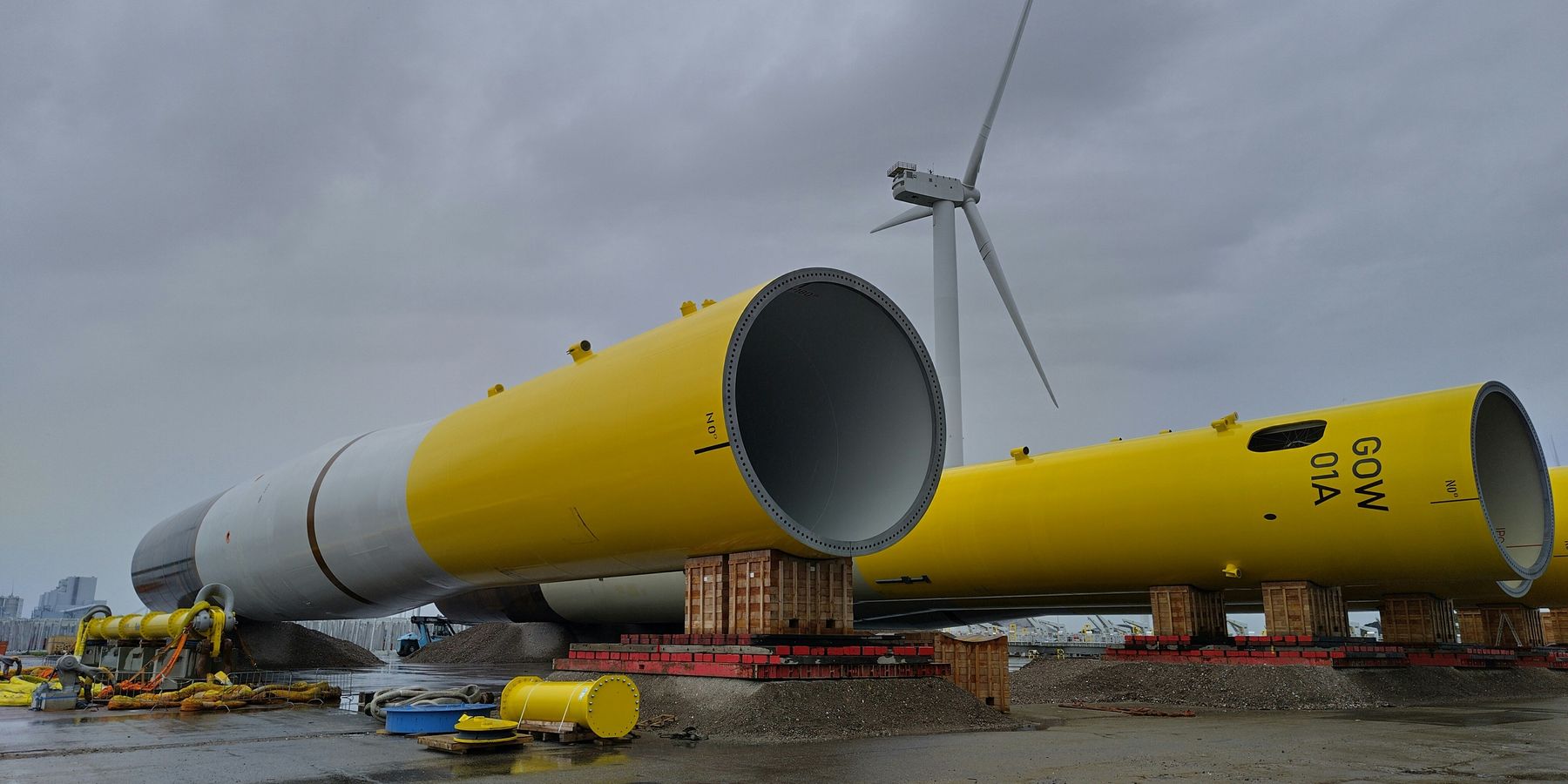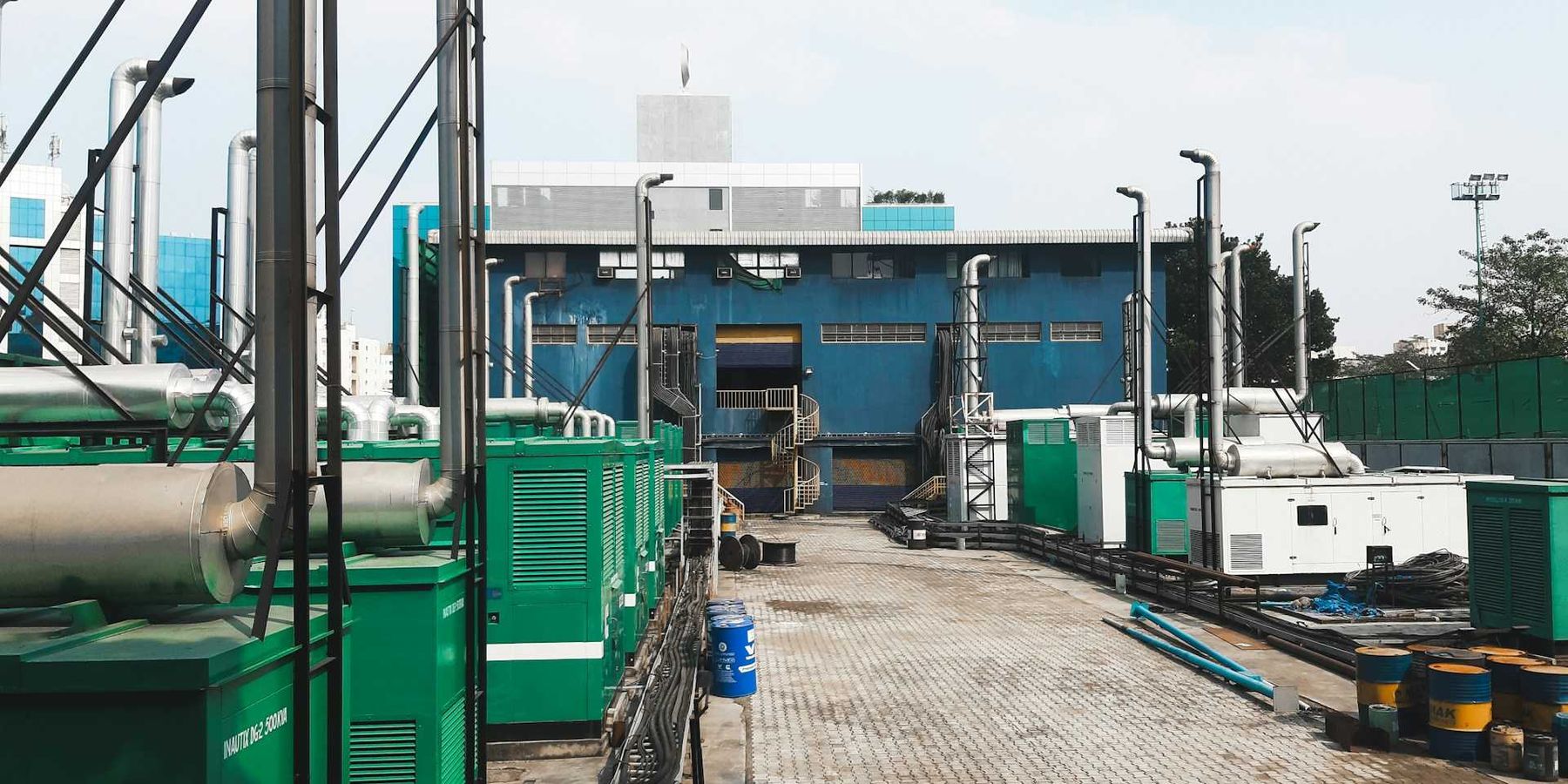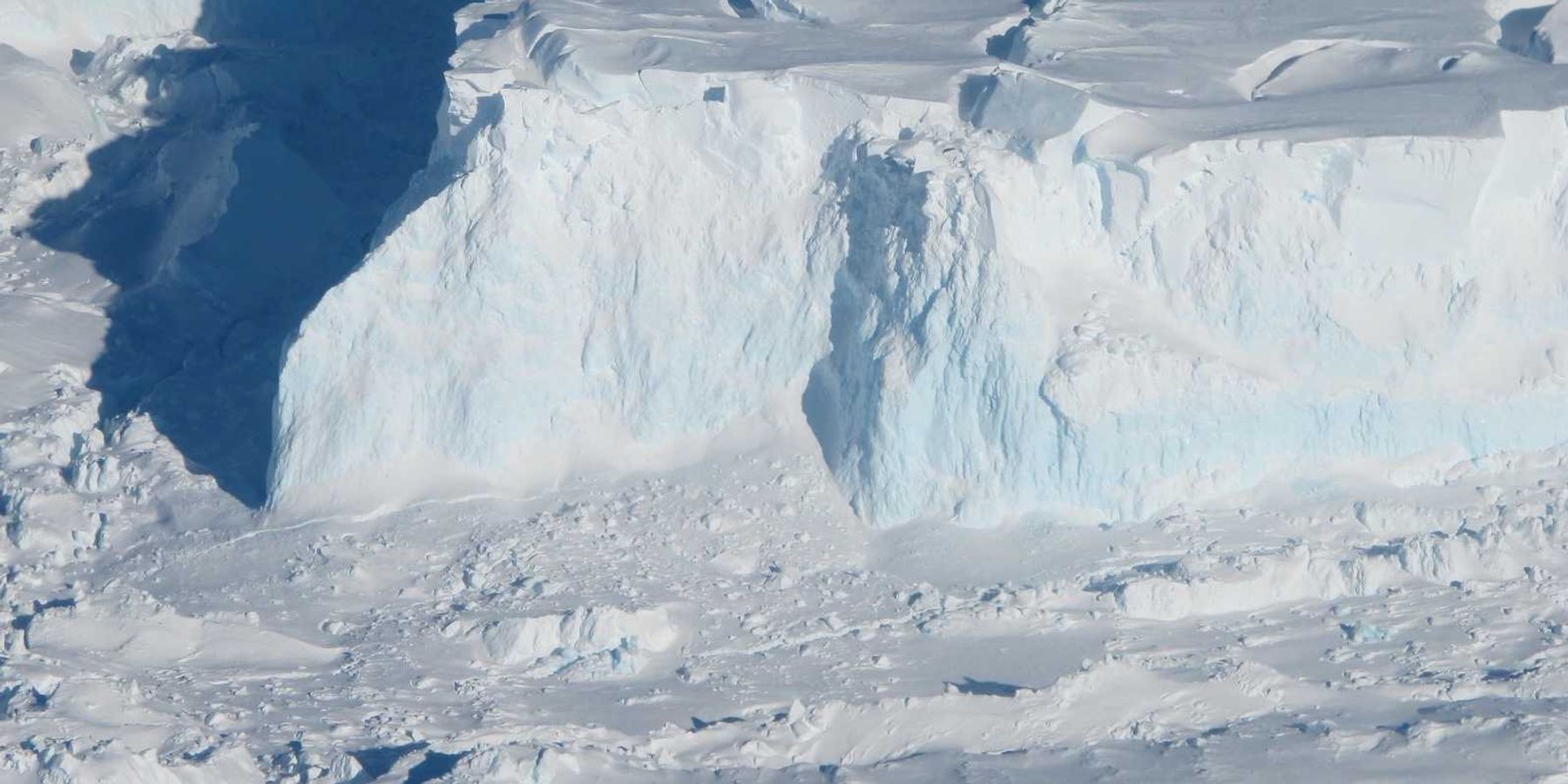05 April 2024
Rethinking portion sizes and inventory to cut food waste
Artificial intelligence is tackling food waste by analyzing what gets tossed in restaurants and unsold in supermarkets, aiming for a greener future.
Somini Sengupta reports for The New York Times.
In short:
- AI tools are identifying surplus food issues, like oversized croissants and unsold onions, to reduce waste and save costs.
- Technologies like Winnow and Afresh offer solutions by monitoring trash and sales data, respectively, helping businesses make smarter decisions.
- Despite their potential, these AI solutions also confront challenges, including their environmental impact and the need for widespread action against food waste.
Key quote:
"It’s a problem that literally gets swept away."
— Marc Zornes, founder of Winnow
Why this matters:
Tackling food waste not only helps reduce unnecessary costs for businesses but also addresses significant environmental concerns, such as greenhouse gas emissions from decomposing food in landfills.
Be sure to read Brian Bienkowski’s 2019 piece: It is time to respect the planet’s boundaries—and overhaul how we eat and waste food—if we want to feed our rising population.













